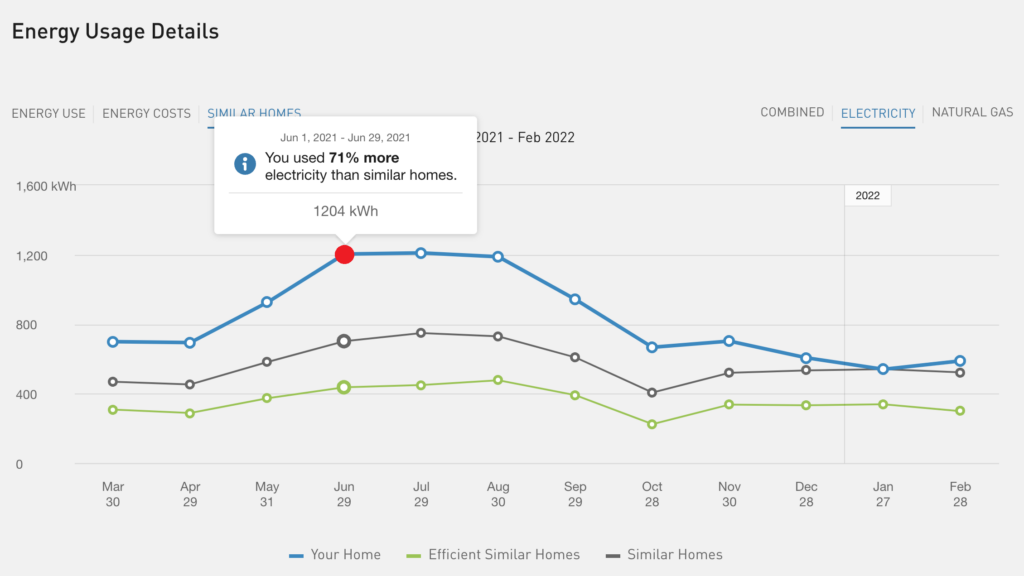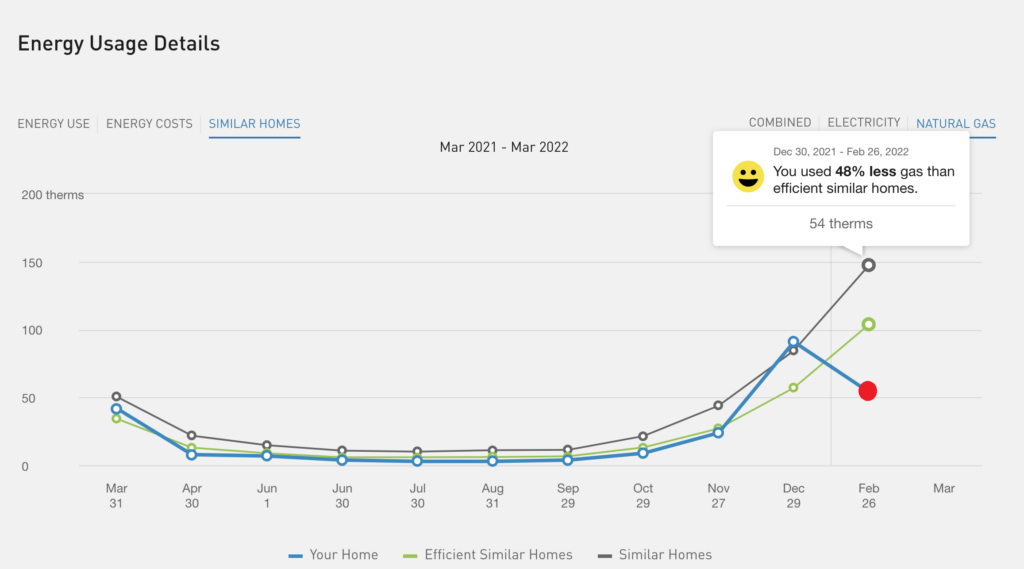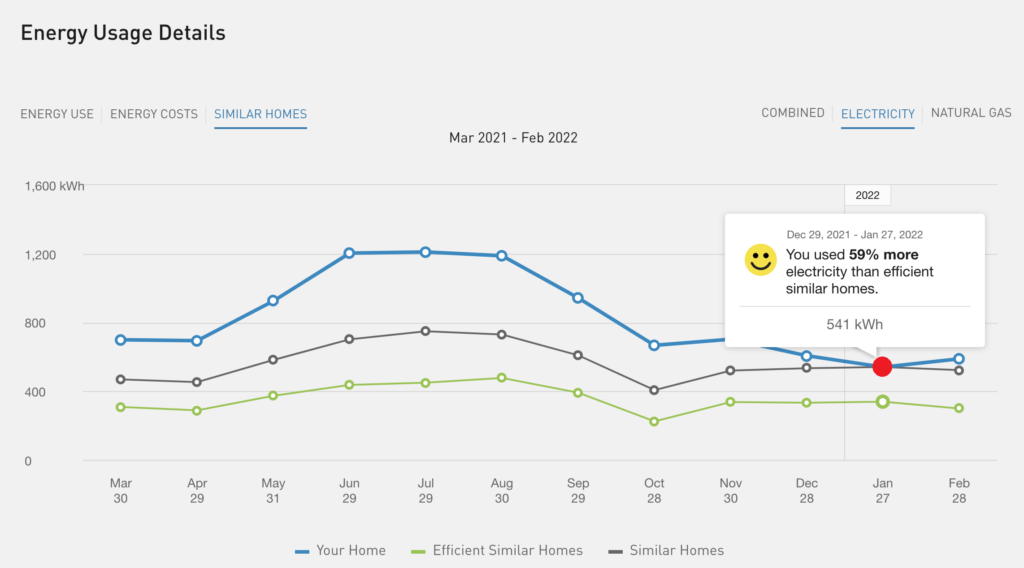Two Steps To Reduce Your Carbon Footprint With Smart Devices, IoT, And A Bit Of Patience
Earth Day Is Upon Us!
Earth Day is this Friday, April 22. As such, I wanted to take a break from my normal IT service management/knowledge management coverage to discuss my journey to reduce my carbon footprint using smart technologies.
I have lived in California for over 20 years, and every month I get a report from Pacific Gas and Electric Company (PG&E) on my energy consumption. For years, I told myself the bill was not comparing apples to apples. Many of my neighbors have solar panels on their roofs. I figured that my usage was so much higher because I lived in one of the few houses on my street that did not have an alternative source of energy. In my best months, my energy use was easily 25% to 30% higher than in similar homes. In my worst months, well, it was embarrassing.
During the pandemic, I began to obsess over my numbers. Each month when the bill arrived, I got increasingly focused on how to bring my consumption below my neighbors. I progressively tried new ideas and new devices to reduce my carbon footprint. From all of my changes and attempts to make a difference, two options gave me the best results.
Electricity Before Experiment
At my peak, I was consuming (blue line) 71% more electricity than similar homes (black line) in my area and even more than similar efficient homes (green line).

Natural Gas Before Experiment
One bright spot: I was consuming 22% more gas than efficient similar homes but less than similar homes in my area.

First Step: Reduce Heating And Cooling Energy
It’s important to note that I don’t live where it freezes in the winter, so I don’t have to worry about frozen pipes. That gives me tremendous flexibility in how I heat my home. In the winter months, I turned my thermostat down to 64 degrees and bundled up. Since my thermostat was usually set to 68 degrees, the slight adjustment in the temperature did little to reduce my energy bills. So instead, I turned the heat off and used a space heater in my office during the day and then turned on the heat in the afternoon for the family. The results were fantastic: I was using 49% less gas than similar homes in my area.
In the summer, I bought an outdoor smart thermostat. Using an app, I was able to create a script that notified me when the temperature outside went below 76 degrees. Instead of continuing to run the air conditioner at night, I switched to using fans to bring in the cool evening air. In the morning before the temperature went back up, I would close the house up again. At the same time, I turned my thermostat up to 79 degrees so that the air conditioner typically only turned on in the late afternoon for a few hours when it was hot.
Natural Gas After Experiment
Now I’m using 48% less gas than efficient similar homes in my area. This was a substantial change, and compared with other households, I was using a lot less natural gas.

Second Step: Turn Off Nonessential Devices
With my heating and cooling under control, I turned to all those devices around the house that sat there sipping away at the current even though they were not being used. I purchased a smart power strip for every room and plugged in as many devices as I could. Each socket had its power switch, thus allowing me to control what was on or off throughout each room from a single device. The next step was to link them to a central control device and create a routine. Every evening, I ask my Alexa device to “end my day,” and with one command all the trickle feed devices throughout the house are turned off. This includes computers, TVs, cable boxes, Apple TVs, DVDs, printers, shredders, gaming devices, coffee pots, toasters, lamps, lights, and even the treadmill. And then in the morning, I tell Alexa to “start my day,” powering up only my office and leaving the rest of the house completely shut off.
If someone wants to use an appliance, they must turn it on at the power strip or ask Alexa to turn it on (try remembering what you named 100 devices in your home — now that is a good memory trick!). What I found the most interesting about this part of my experiment was that I have devices that are all branded as energy-saving devices, yet my energy consumption was most affected by turning off these trickle devices (commonly called wall warts). Most of the devices are not being used throughout the day, but the lying-in-wait electricity consumption certainly contributed to a sizable portion of energy waste in my household.
Additional Changes to Impact My Carbon Footprint
I made sure to upgrade my large appliances — including the washing machine and dryer, dishwasher, and refrigerator — to energy-efficient devices. In addition, I run the devices on their shortest cycle or lowest setting, start my laundry as early in the morning as possible, and run the dishwasher at night, thus saving the energy crunch that we always experience here in California from 4 p.m. to 9 p.m. when people arrive home from work. I even turned off the power to my garage door opener. It may have been a bit of an inconvenience to come inside every time I want to open it, but that occasional inconvenience is well balanced with not using electricity 24/7 on the off chance that I may want to open the garage door.
Electricity After Experiment
I’m closing the gap. I’m now even with similar homes in my area but still have a long way to go, as I’m 59% higher than similar efficient homes.

With these smart devices, IoT power strips, and apps that allow you to create routines that focus on reducing consumption, consumers can make a real difference in their carbon footprint. I spent around $600 on various technology solutions around my home and have significantly reduced my energy consumption — both natural gas and electricity.
As smart devices become even more innovative, consumers will have increasing control over their surroundings and become more knowledgeable about their impact on the world. Today, new systems allow homeowners to monitor their electric devices at the fuse box. With a small upfront investment and the data and analysis to know what to change, individuals can make a real difference in how they consume our natural and renewable energy sources. Additionally, we will need to focus on how to secure the data that is collected to reduce the risk associated with IoT.
This experiment was triggered by the visibility provided by PG&E in my monthly bill. Had I not known that I was using more energy than similar homes in my neighborhood and been a highly competitive individual, I would not have pursued making changes in my environment. The cost savings that I have achieved — at a time when energy prices are going up — are an added benefit.
Rethinking The Solution
It’s time for us to rethink how we build homes and how we introduce consumer devices into those homes. If we want to see a real difference in affecting climate change and reducing our carbon footprint, it will take a lot more than just reducing the consumption of natural and renewable energy. It will take redesigning our home and office experience to one that learns how we consume energy and optimizes and reduces that consumption. We need to turn our home and office spaces into learning systems that measure, analyze, and adjust how we use our natural resources.
In April, I will be adding solar panels with a Powerwall and exploring replacing all the natural gas devices. Reducing my carbon footprint is more of a journey than a destination. For now, it’s an inconvenience to wait until my cable box powers up and reconnects to my provider, but the energy I save each day is well worth the wait. What steps have you taken to reduce your carbon footprint? Share your ideas, and maybe we can collaborate and find new solutions for improving our relationship with the Earth.
Let’s Connect
Have questions? That’s fantastic. Let’s connect and continue the conversation! Please reach out to me through social media, or request a guidance session. Follow my blogs and research at Forrester.com.
This blog post is part of Forrester’s Earth Day 2022 series. For more Forrester insights on sustainability, see the full set of Forrester’s climate action blogs.
